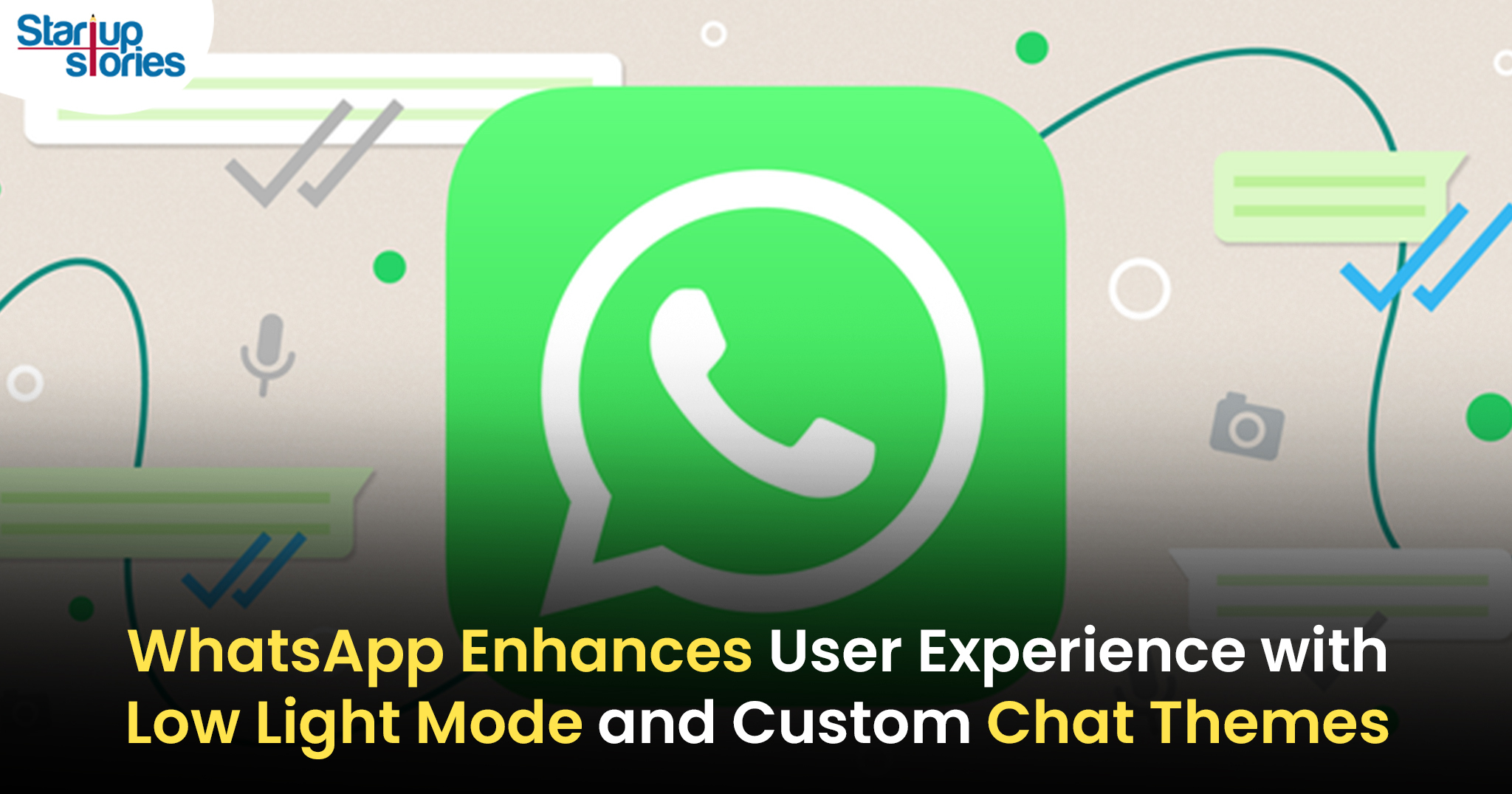Meta-owned WhatsApp has rolled out a new low light mode feature for video calls, significantly improving video quality in dim environments. This feature is part of the latest update, which also introduces filters and background options to enhance the overall video calling experience.
Low Light Mode for Clearer Video Calls
The low light mode aims to reduce graininess and improve visibility during video calls in poor lighting conditions. This enhancement allows users to maintain better video quality, making it easier to connect with friends and family, even in the dark. By adjusting the brightness and clarity, users can enjoy clearer interactions regardless of their surroundings.
How to Use Low Light Mode on WhatsApp
Enabling this feature is simple and accessible on both iOS and Android platforms, although it is currently unavailable on the web version of the app. Here’s how to activate it:
- Open WhatsApp.
- Start a video call with the person you wish to connect with.
- Tap the bulb icon on the top-right corner during the video call to enable low light mode.
- To turn off the low light mode, simply tap the bulb icon again if you find it unnecessary.
With this addition, WhatsApp ensures smoother and clearer video calls, even in challenging lighting environments.
Custom Chat Themes for Personalization
Alongside low light mode, WhatsApp has also introduced custom chat themes to enhance personal messaging. According to WABetaInfo, this feature is currently available to select beta users on WhatsApp version 2.24.21.34 for Android and version 24.20.71 for iOS.
How Chat Themes Work
Users enrolled in the Google Play Beta Program can access 22 themes, each offering up to 20 color variations. This customization allows users to change not only the chat background but also the color of their conversation bubbles.
- Universal or Individual Themes: Users can apply a universal theme across all conversations or set individual themes for specific chats.
- Visible Only to the User: Themes are private and will only be visible to the person who applies them, ensuring a seamless and personal chat experience.
This new “Chat Theme” settings page significantly expands the personalization options available, allowing users to tailor their conversations in ways that reflect their style and preferences.
Conclusion
With low light mode for clearer video calls and custom chat themes for greater personalization, WhatsApp continues to enhance its user experience. These updates highlight the app’s commitment to improving both functionality and customization, giving users more control over how they connect and communicate.
Future Enhancements
As WhatsApp rolls out these features, it signals a broader trend of enhancing user engagement through personalization and improved functionality. The introduction of low light mode not only addresses practical concerns but also aligns with user expectations for high-quality communication tools in various environments.
By continuing to innovate with features like these, WhatsApp solidifies its position as a leading messaging platform while catering to the evolving needs of its users.


binance norādījuma kods
May 11, 2025 at 3:47 pm
Your point of view caught my eye and was very interesting. Thanks. I have a question for you.
Avorrqah
May 27, 2025 at 4:30 am
Explore the ranked best online casinos of 2025. Compare bonuses, game selections, and trustworthiness of top platforms for secure and rewarding gameplaycasino.
dvq2m
June 7, 2025 at 8:55 pm
generic clomid pill clomiphene medication for women order cheap clomiphene price clomiphene for sale where to buy cheap clomiphene tablets clomid generic name can you get generic clomiphene without a prescription
binance skapa konto
July 29, 2025 at 11:50 pm
I don’t think the title of your article matches the content lol. Just kidding, mainly because I had some doubts after reading the article.
binance
August 17, 2025 at 4:06 am
Your point of view caught my eye and was very interesting. Thanks. I have a question for you.
binance Register
October 16, 2025 at 10:11 am
Your point of view caught my eye and was very interesting. Thanks. I have a question for you.
Kuwin
November 5, 2025 at 3:21 pm
kuwin sở hữu kho game đa dạng từ slot đến trò chơi bài đổi thưởng, mang đến cho bạn những giây phút giải trí tuyệt vời.
站群程序
November 6, 2025 at 4:04 pm
搭载智能站群程序,自动化搭建与管理,为SEO项目提供核心驱动力。站群程序
谷歌外推
November 9, 2025 at 4:53 am
采用高效谷歌外推策略,快速提升网站在搜索引擎中的可见性与权重。谷歌外推
iwin
November 10, 2025 at 6:47 am
iwin – nền tảng game bài đổi thưởng uy tín, nơi bạn có thể thử vận may và tận hưởng nhiều tựa game hấp
ios超级签
November 11, 2025 at 5:43 pm
苹果签名,苹果超级签平台,ios超级签平台ios超级签苹果企业签,苹果超级签,稳定超级签名
J88
November 12, 2025 at 10:04 pm
Đến với J88, bạn sẽ được trải nghiệm dịch vụ cá cược chuyên nghiệp cùng hàng ngàn sự kiện khuyến mãi độc quyền.
MM88
November 14, 2025 at 7:06 am
Khám phá thế giới giải trí trực tuyến đỉnh cao tại MM88, nơi mang đến những trải nghiệm cá cược thể thao và casino sống động.
MM88
November 20, 2025 at 5:45 am
Với giao diện mượt mà và ưu đãi hấp dẫn, MM88 là lựa chọn lý tưởng cho các tín đồ giải trí trực tuyến.
GO88
November 23, 2025 at 9:56 am
Tham gia cộng đồng game thủ tại Go88 để trải nghiệm các trò chơi bài, poker phổ biến nhất hiện nay.